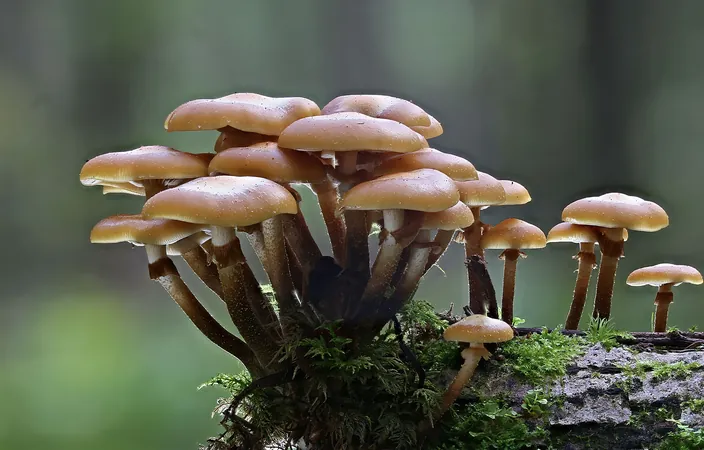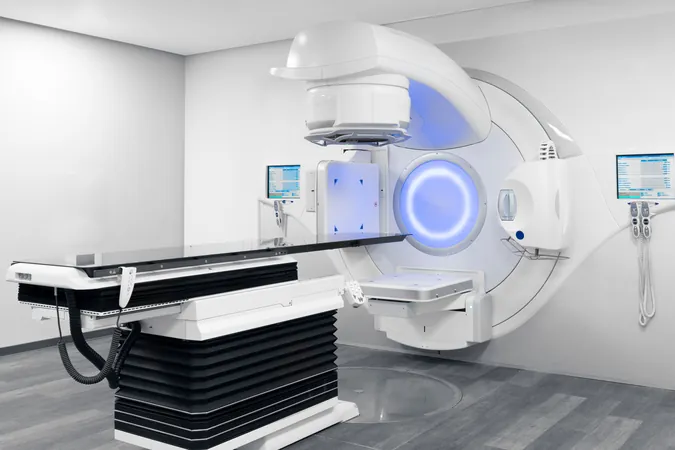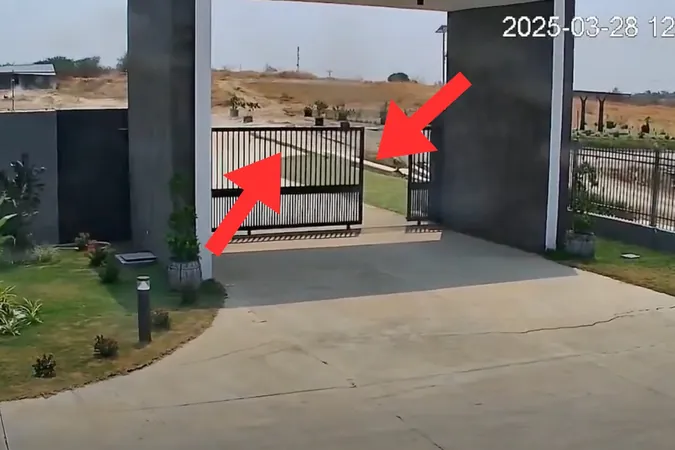
Meet the Game-Changer: Fungi and Bacteria Unite to Create Eco-Friendly Concrete Alternative!
2025-04-27
Author: Mei
Revolutionizing Construction with Nature's Help
Concrete is a staple in our modern world, from towering skyscrapers to everyday sidewalks. However, its environmental impact is staggering, with cement alone accounting for nearly eight percent of global CO2 emissions. In the race for a sustainable future, finding a greener alternative to concrete is a monumental task.
Now, a team of innovative engineers from Montana State University is pushing the boundaries of construction materials with a groundbreaking fungi-based concrete alternative. This new formulation harnesses the power of fungal mycelium and bacteria to create a robust, bone-like structure that could potentially replace traditional concrete.
The Marvel of Engineered Living Materials (ELMs)!
This project is part of an exciting field known as engineered living materials (ELMs), which creatively fuses living organisms with non-living components, resulting in materials that boast unique, remarkable properties. One significant challenge for ELMs has been their longevity, as many lose their advantageous qualities shortly after creation.
A Breakthrough in Longevity and Resilience
However, Montana State’s fungi-based concrete alternative has shown remarkable promise, remaining metabolically active for over four weeks, marking it as one of the most durable candidates yet in the quest for an effective concrete replacement.
How It Works: Nature's Architecture
At the heart of this innovative material is Neurospora crassa, a rapidly growing fungus that establishes a strong mycelial network, providing structural support. Complementing this is Sporosarcina pasteurii, a bacterium that initiates microbially induced carbonate precipitation (MICP), transforming soft materials like sand into solid, cement-like structures.
What's even more impressive? The fungi's scaffold allows for meticulous control over its internal geometry. Researchers cleverly mimicked the structure of cortical bone, renowned for its strength and durability. This architectural flexibility paves the way for designing intelligent fungi-based materials that can withstand stress and potentially self-repair.
A Bright Future Awaits!
This pioneering incorporation of living material into construction is a first of its kind. While still in the early research stages, the potential implications are significant. With continued development, this fungi-based concrete alternative could drastically cut our dependence on cement and lower harmful carbon emissions.
Challenges Ahead: Cost and Scalability
Despite the promising outlook, challenges remain, such as cost, scalability, and acceptance in the industry. Yet, if researchers successfully extend the lifespan of this material and refine its production techniques, we could be on the brink of a revolution in how we construct our world—nature-inspired, sustainable, and breathing new life into the environment.



 Brasil (PT)
Brasil (PT)
 Canada (EN)
Canada (EN)
 Chile (ES)
Chile (ES)
 Česko (CS)
Česko (CS)
 대한민국 (KO)
대한민국 (KO)
 España (ES)
España (ES)
 France (FR)
France (FR)
 Hong Kong (EN)
Hong Kong (EN)
 Italia (IT)
Italia (IT)
 日本 (JA)
日本 (JA)
 Magyarország (HU)
Magyarország (HU)
 Norge (NO)
Norge (NO)
 Polska (PL)
Polska (PL)
 Schweiz (DE)
Schweiz (DE)
 Singapore (EN)
Singapore (EN)
 Sverige (SV)
Sverige (SV)
 Suomi (FI)
Suomi (FI)
 Türkiye (TR)
Türkiye (TR)
 الإمارات العربية المتحدة (AR)
الإمارات العربية المتحدة (AR)